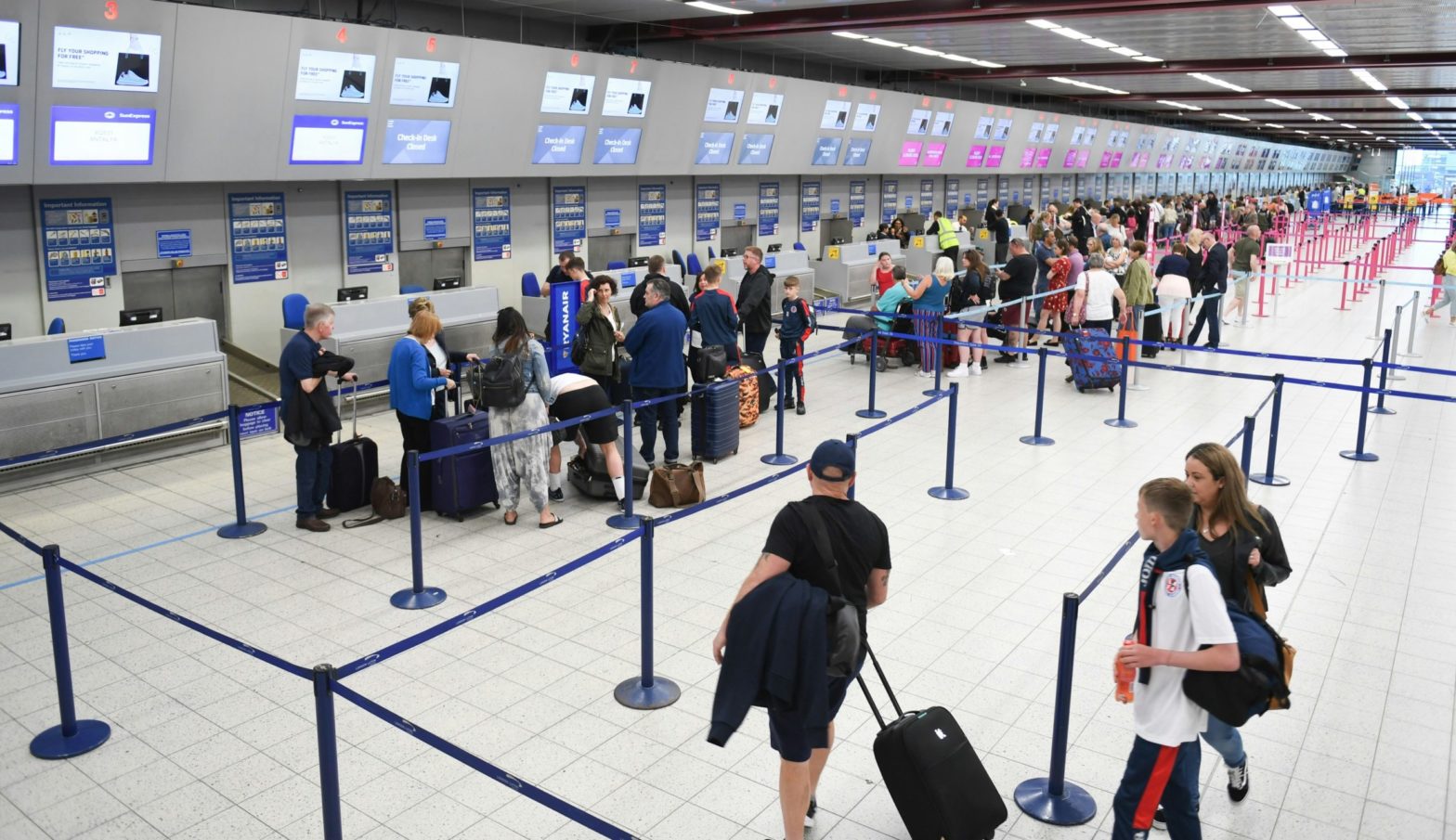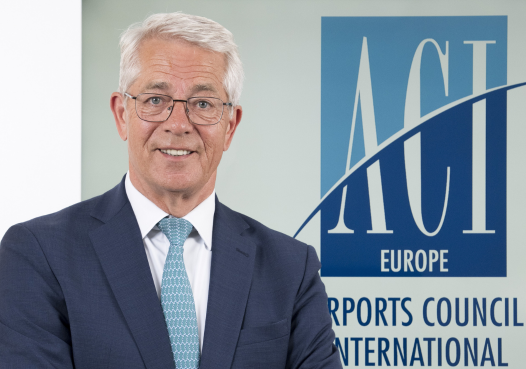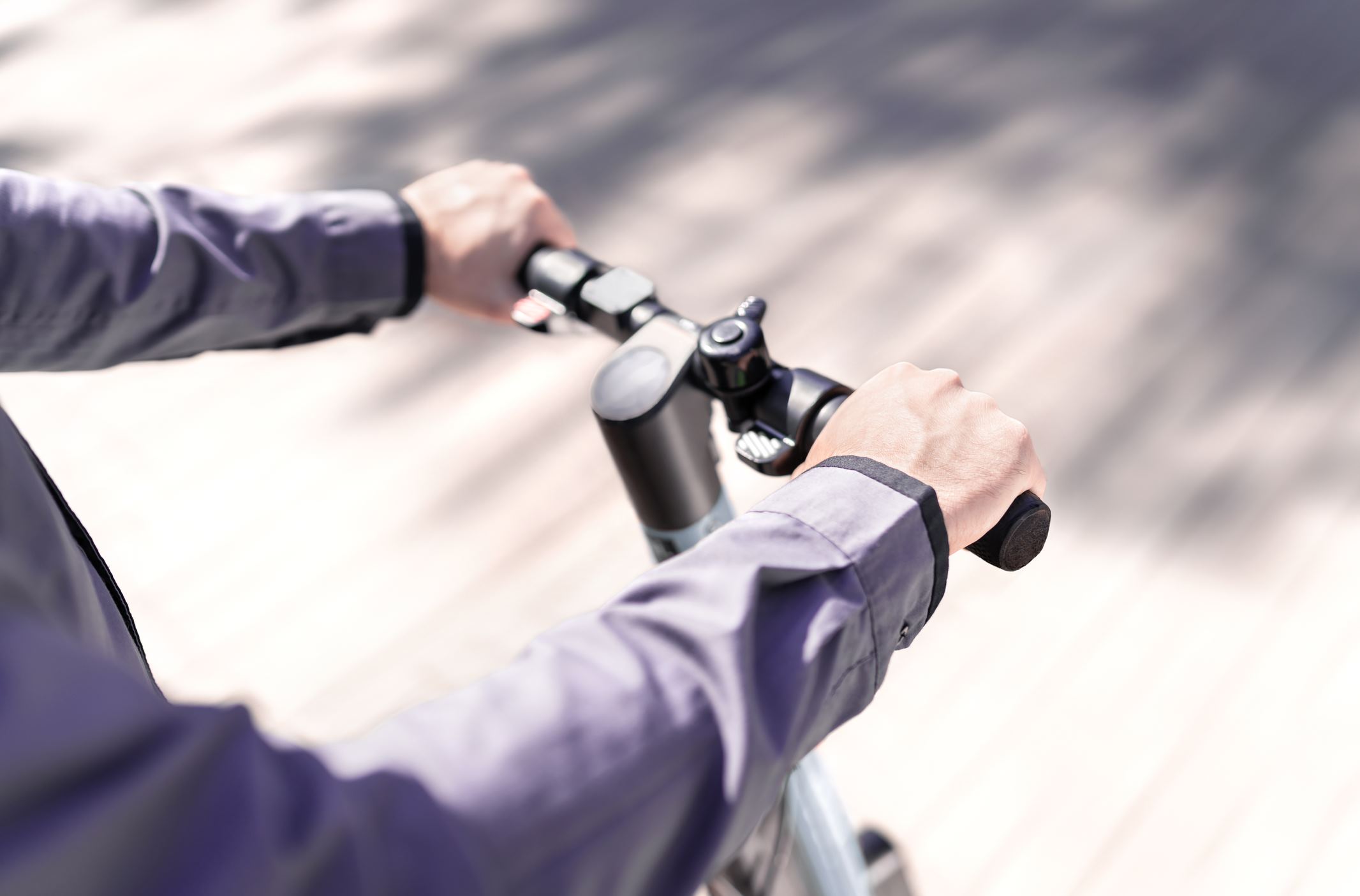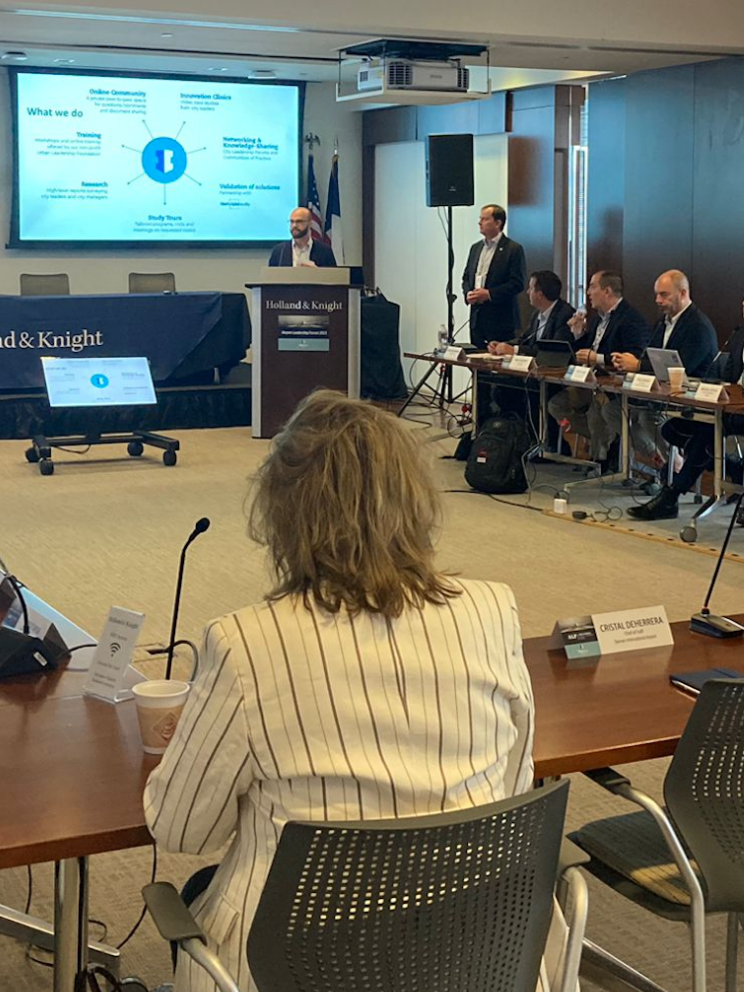
Photo: phil-mosley-unsplash
UK airport operators call out government over scanner U-turn
20 June 2024
by Christopher Carey
The UK’s Airport Operators Association (AOA) has criticised the government’s re-introduction of 100ml limits on liquids in hand luggage, saying the move had created “uncertainty and confusion for passengers as the busiest time of year approached”.
Several regional airports, including London City, Newcastle and Leeds-Bradford, had scrapped the 100ml rule after installing new high-tech scanning equipment, but have now been instructed to reintroduce the measure.
“All airports are investing hundreds of millions of pounds to deliver this huge programme of technology and programme upgrades mandated by Government with equipment and processes to meet their requirements,” said Karen Dee, Chief Executive of the Airport Operators Association.
“These latest changes, instigated with very little notice, have created uncertainty for passengers just as airports enter their busiest periods of the year.
“It has also put airport operators in a challenging position, with very limited time to prepare for the additional staffing and wider resources that this will require, and no clear idea of when this issue will be resolved.”
A spokesperson from the UK’s Department for Transport (DfT) told Cities Today they could not comment on specific aviation security arrangements, but added the measure was temporary.
“We will be working with manufacturers, airports and international partners and will lift restrictions once the issue is resolved.”
Background
The 100ml restrictions were first introduced in the UK in 2006 following a liquid bomb plot on a transatlantic flight.
In 2022, the UK government set a target for airports to upgrade to Next Generation Security Checkpoints (NGSC) where scanners could produce 3D images meaning liquids up to two litres and laptops could be kept in hand luggage.
A deadline of 1 June had been set, but only six airports that represent around six percent of UK air passengers – Newcastle, Leeds/Bradford, London City, Aberdeen, Southend, and Teesside – were compliant.
Two airports, Teeside and London City have implemented the measures since spring 2023.
While Birmingham airport had completed the installation of the scanners by the 1 June deadline, it was then instructed to keep the 100ml limit, resulting in confusion among passengers and long queues at security.
Upgrades
Some European and international airports have already installed the 3D scanners, with Amsterdam’s Schiphol an early pioneer rolling out the new tech in 2021.
Rome Fiumicino airport’s Terminal 1 has had the devices since March 2024, and Terminal 1 at Milano Linate and Milano Malpensa installed them in February.
Barcelona’s El Prat and Madrid Barajas airport say they hope to start rolling out the new system in summer 2024.
Approximately one third of Dublin airport’s scanners have now been upgraded, and earlier this month Malta’s international airport announced its first 3D device.
Outside of Europe, US airports including Atlanta’s Hartsfield-Jackson, Chicago O’Hare and New York’s LaGuardia have also started using the new scanners, though the Transportation Security Administration has said a full rollout across the country could take years to complete.
Image: phil-mosley-unsplash









